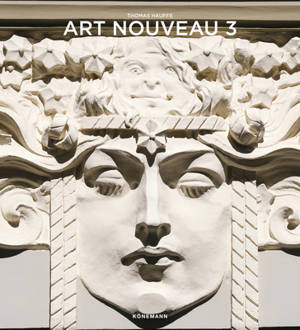
- Afhalen na 1 uur in een winkel met voorraad
- Gratis thuislevering in België vanaf € 30
- Ruim aanbod met 7 miljoen producten
- Afhalen na 1 uur in een winkel met voorraad
- Gratis thuislevering in België vanaf € 30
- Ruim aanbod met 7 miljoen producten
Zoeken
Omschrijving
Art Nouveau developed in very different forms between the 1880s and the First World War, starting in Western Europe. Organic lines and plant forms, building in iron, glass and concrete, as well as the idea of the "Gesamtkunstwerk" (Complete work of art) can be found in London, Glasgow, and Riga, as well as in St. Petersburg and Moscow. But above all in the Scandinavian countries and in Eastern Europe, Art Nouveau often developed into a young national style of its own, frequently with a return to regional traditions. In other countries, such as the Netherlands or the USA, the path seems to lead directly into Modernity, especially in architecture.
Specificaties
Betrokkenen
- Auteur(s):
- Uitgeverij:
Inhoud
- Aantal bladzijden:
- 408
- Taal:
- Engels
- Reeks:
Eigenschappen
- Productcode (EAN):
- 9783741929335
- Verschijningsdatum:
- 1/10/2020
- Uitvoering:
- Paperback
- Formaat:
- Trade paperback (VS)
- Afmetingen:
- 190 mm x 208 mm

Alleen bij Standaard Boekhandel
+ 26 punten op je klantenkaart van Standaard Boekhandel
Beoordelingen
We publiceren alleen reviews die voldoen aan de voorwaarden voor reviews. Bekijk onze voorwaarden voor reviews.











